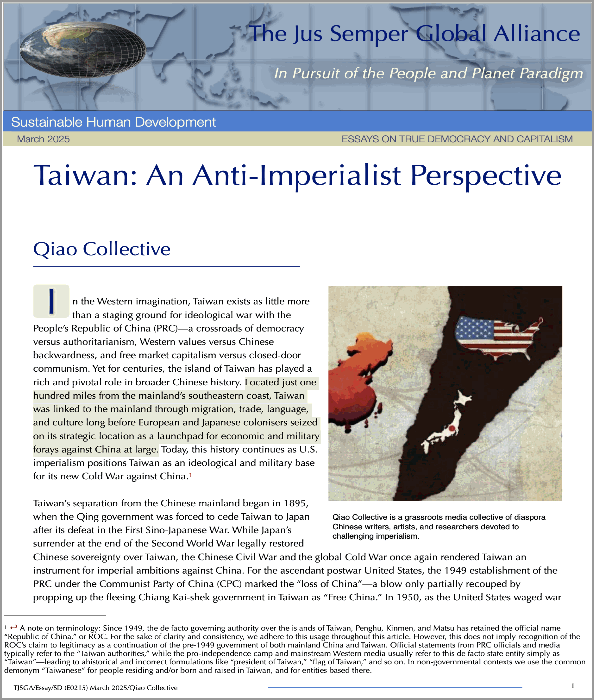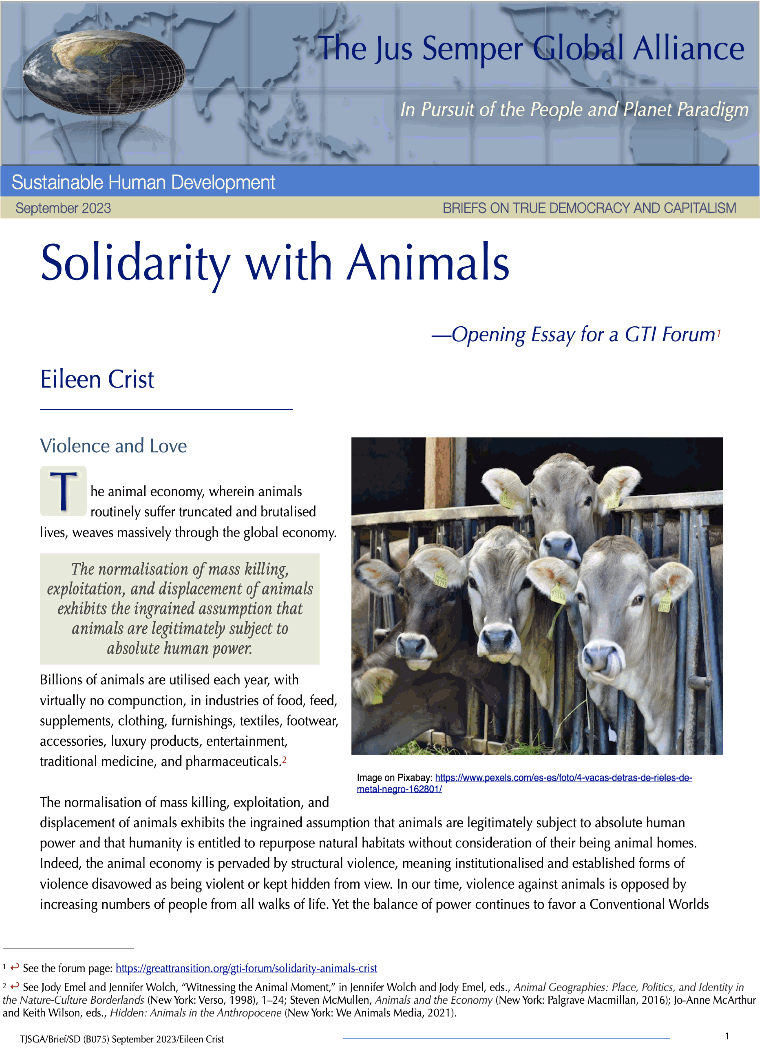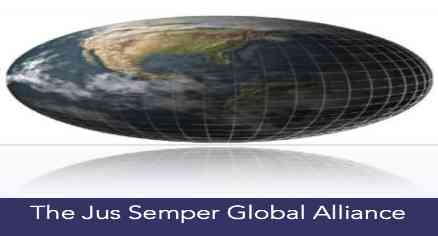Eileen Crist The animal economy, wherein animals routinely suffer truncated and brutalised lives, weaves massively through the global economy. Billions of animals are utilised each year, with virtually no compunction, in industries of food, feed, supplements, clothing, furnishings, textiles, footwear, accessories, luxury products, entertainment, traditional medicine, and pharmaceuticals. The normalisation of mass killing, exploitation, and displacement of animals exhibits the ingrained assumption that animals are legitimately subject to absolute human power and that humanity is entitled to repurpose natural habitats without consideration of their being animal homes. Indeed, the animal economy is pervaded by structural violence, meaning institutionalised and established forms of violence disavowed as being violent or kept hidden from view. In our time, violence against animals is opposed by increasing numbers of people from all walks of life. Yet the balance of power continues to favor a Conventional Worlds scenario within which the domination of nature is regarded as human prerogative—whether God-given, biologically endowed, or just taken for granted. Structural violence against animals has intensified in the “Anthropocene,” with a growing global economy motivated by profit, designed with shortcuts for efficiency, ever expanding its commodity chains, and serving a rising modernised population. The growing global economy also possesses a technological arsenal with colossal power to slaughter, exterminate, and experiment on animals; manufacture and transport animal-based products; appropriate wildlife habitats; and fish out the ocean. The odd flip side of this violent state of affairs is that love for animals is a tangible dimension of human life. To be sure, this sentiment varies among people and is often qualified in different ways. Yet it remains true as a general statement: We recognise it in the rise of nature conservation and ecotourism, the popularity of animal shows and documentaries, the lavish lives of companion species, burgeoning animal shelters and sanctuaries, as well as storytelling and picture sharing on social media. We can even recognise love for animals in their commodification in lucrative industries (e.g., stuffed toys) and in marketing (e.g., the Exxon tiger), which lean into the human soft spot for the animal kingdom. Affection for animals is sometimes tagged as a privilege of modern lifestyles. This view overlooks the ways that animals have been exalted from time immemorial, in arenas of work, companionship, art, literature, music, mythology, ceremony, and spirituality. The parable of the good shepherd, as an example, whose ninety-nine sheep returned safely but who nonetheless went searching for the missing one, is emblematic. It is not a story about “efficiency and economy” or “feeding the world.” It is a story about love: the heart connection of the good shepherd with each one of her sheep. The heartfelt affinity for animals stands in tension with the violence inflicted upon them. Jürgen Habermas’s framework of the societal spheres of system versus lifeworld sheds light on this contradiction. Structural violence against animals overwhelmingly adheres to systems (economic, political, and legal), while love for animals resides in uncountable expressions within lifeworlds. Of course, system and lifeworld are far from hermetically sealed, yet they encompass differentiated spheres of human experience. The lifeworld pertains to shared sensibilities and norms of care in everyday life, while systems are governed by power relations and special interests. The concurrence of violence against animals and affection for them articulates a contradiction. Societal contradiction fosters conflict and instability that eventually precipitate transformation(s). Indeed, the stark incongruity at the core of human-animal relations is the game-changing lever of animal justice activism. Here, I interrogate the conundrum of violence and love with questions of moral purpose: Which of these realities best reflects who we are and aspire to be? And what is the interplay between animal solidarity, human well-being, and a Great Transition to an ecologically vibrant and just future? For a full read of this essay, click here or on the picture to download the pdf file.
|

- © The Jus Semper Global Alliance
| Home |  | Resources |  | Economic Data |  | Solidarity with Animals |


